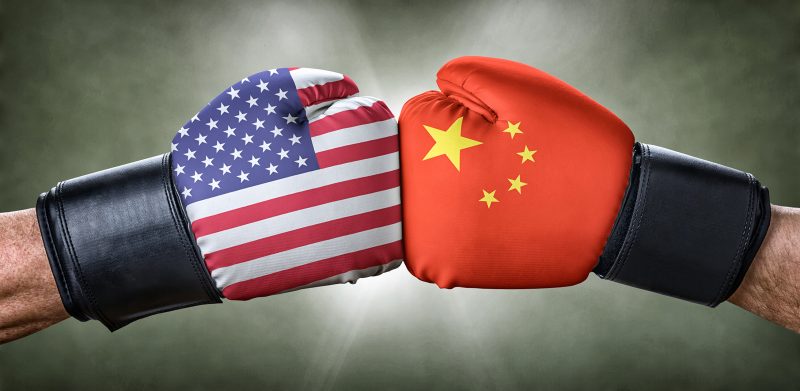
The United States announced its intention to impose additional customs duties of 25% on several Chinese products
The U.S. government and the Chinese government have been in a trade dispute for quite some time. Indeed, they decided to impose customs duties on each other on several traded products.
Recently, the Office of the U.S. Trade Representative announced, in the context of a press release, its intention to impose additional customs duties of 25% on a variety of Chinese products destined for the United States. These concern approximately 1300 tariff lines and are linked, to name but a few, to the following industries: aerospace, robotics and machinery, computers and communication, ships, firearms, medicines, etc. You can find the complete list of products affected by additional customs duties in the annex to the press release. The following is a list of Harmonized Tariff Schedule of the United States (HTSUS) chapters that would be affected by the imposition of additional duties:
- chemicals (29)
- medicines (30)
- rubber, tires and conveyor belts (40)
- iron/non alloy steel (72)
- alloy steel (73)
- aluminum (76)
- machinery and mechanical appliances, including machines used in manufacturing textiles and apparel (84)
- electrical machinery, television image and sound recorders and reproducers (85)
- railway/tramway (86)
- motor vehicles (87)
- planes and helicopters (88)
- boats (89)
- glass and microscopes (90)
- guns (93)
The list of products affected by these additional customs duties is expected to account for about $50 billion in the overall trade with China. To justify the imposition of these tariffs, the Office of the USTR relies on the investigation under section 301 of the trade legislation of alleged technology transfer practices and intellectual property infringements by China.
Currently, these tariffs are not yet in effect; the Office of the USTR intends to launch public consultations that will last approximately 60 days before they come into effect.
In the event that these additional tariffs are imposed, it will be important for Canadian exporters who ship products to the United States to pay attention to the country of origin of those products. It is important to note that even if a product is shipped from Canada, it does not mean that it is of Canadian origin. It can be of Chinese origin if it is manufactured in China and then exported to Canada, and finally exported to the United States.
For any additional information, our Consultation Service remains at your disposal at: consultations@w2c.ca or by phone at: 514-368-2637 option 2.